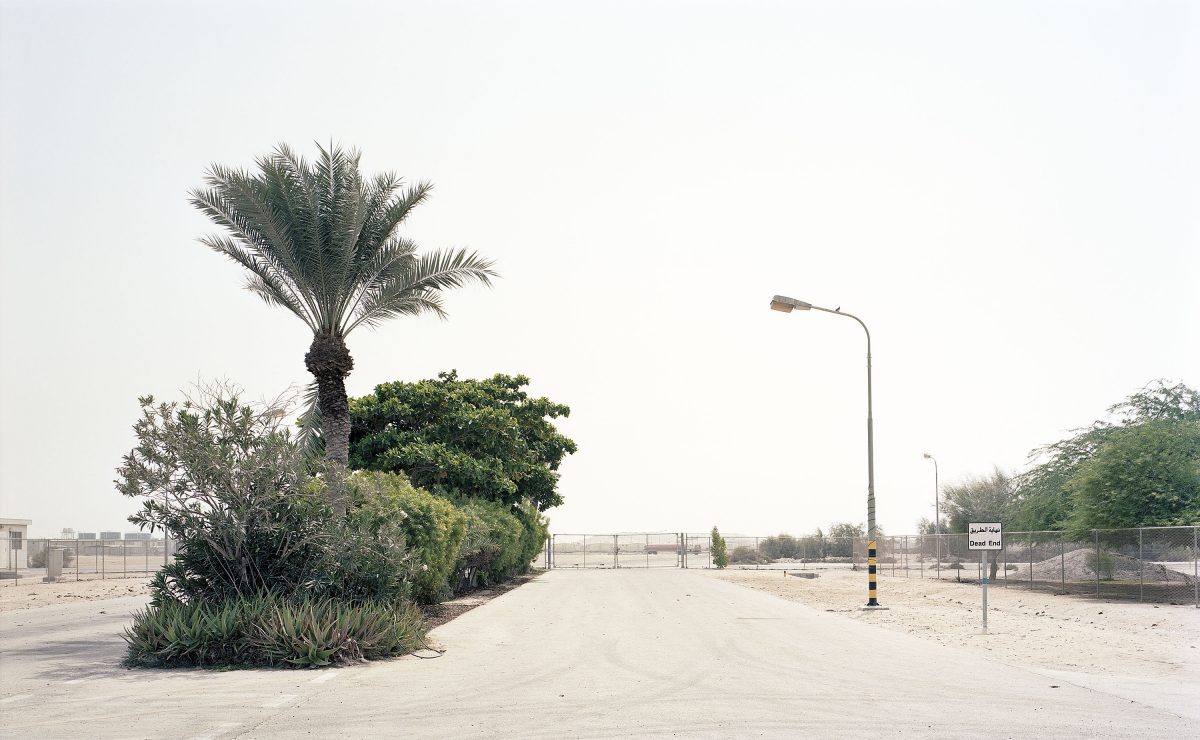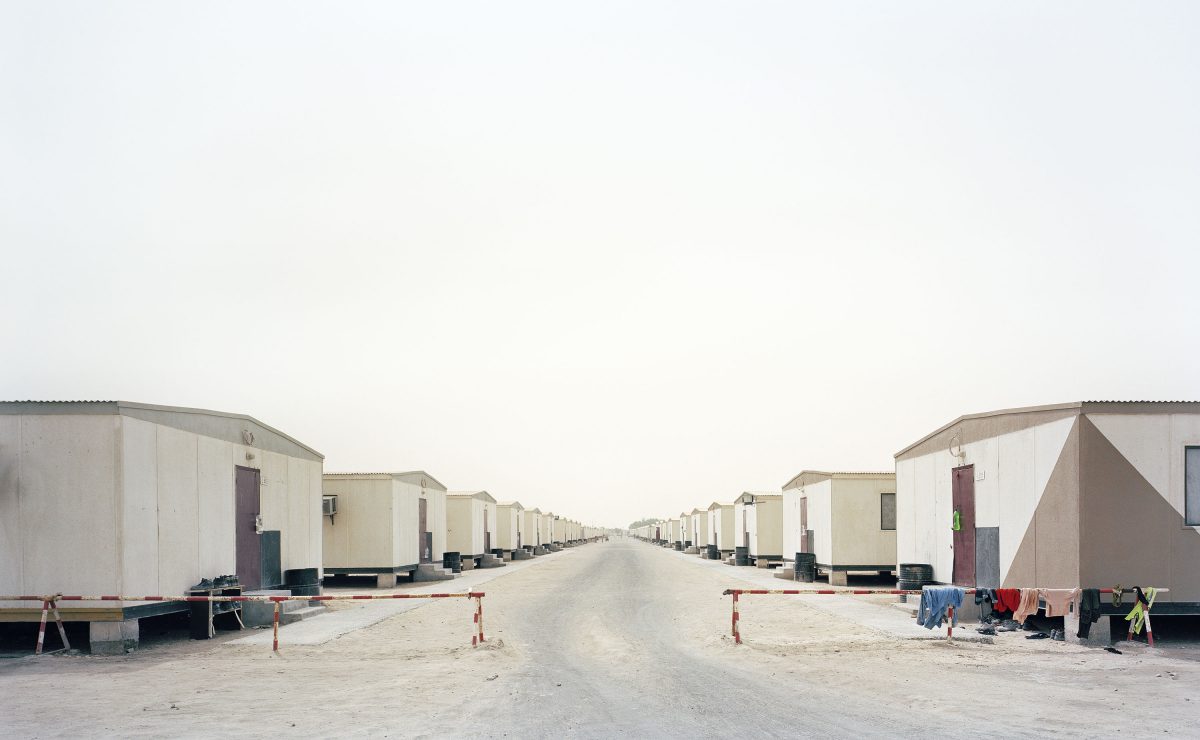Cities in hiding – Gregor Sailer uncovers the public privacy
The idea of a closed city is a curious one. The fabric of a typical city is porous, dynamic and characterised by endless flow of people, goods and energy. But the work of Austrian photographer Gregor Sailer captures traces of life inside those cities that are otherwise invisible. Shot across Algeria, Western Sahara, Argentina, Azerbaijan, Chile, Qatar and Russia, the Closed Cities photographic series brings to light natural and artificial ‘closed’ spaces such as raw material mines, military bases, refugee camps and private residential areas.
According to Sailer, the series reflects a “historical turning point”, wherein settlements are born from a need for dwindling resources or complete security as opposed to cohabitation. And this shift is explored throughout each image, with each appearing familiar but inaccessible, hospitable but remote. He elegantly captures the resolve of human life to endure and build, even in the most challenging or hostile environments. And despite the sparse landscapes depicted, the series contains traces of everyday existence that undo the desolate nature of the images; if you look closely you can see laundry hanging outside concrete desert shelters or graffiti sprawled across the communal eating area of a factory.
The Closed Cities series was shot between 2009-2012 and has since been published as a photobook of 300 pages designed by Manuel Radde. On the inner sleeve are six dots, each representing the invisible city that the book is named after. The dots then form a minimalist map that depict no landmasses, only numerical markers of latitude, longitude and scale. And towards the back of the book sits a map that identifies the nameless cities by their respective functions; the Diamond City, Refugee City, Oil City, Gas City and Copper City.





